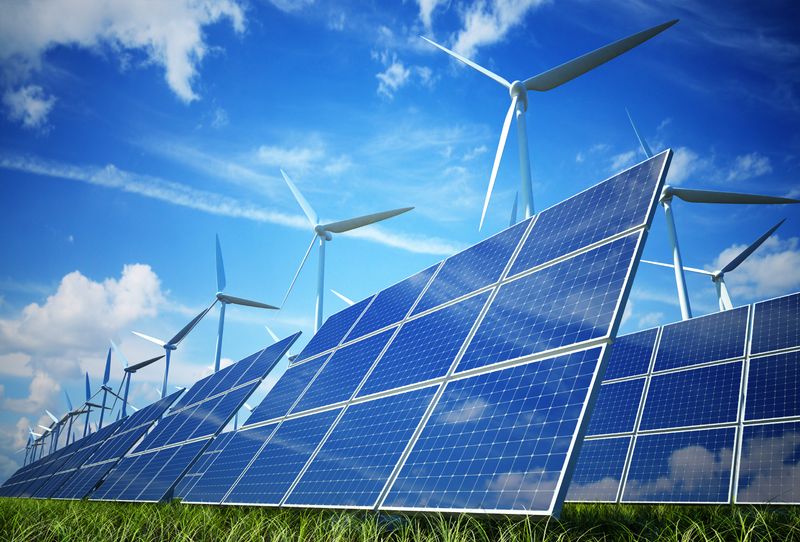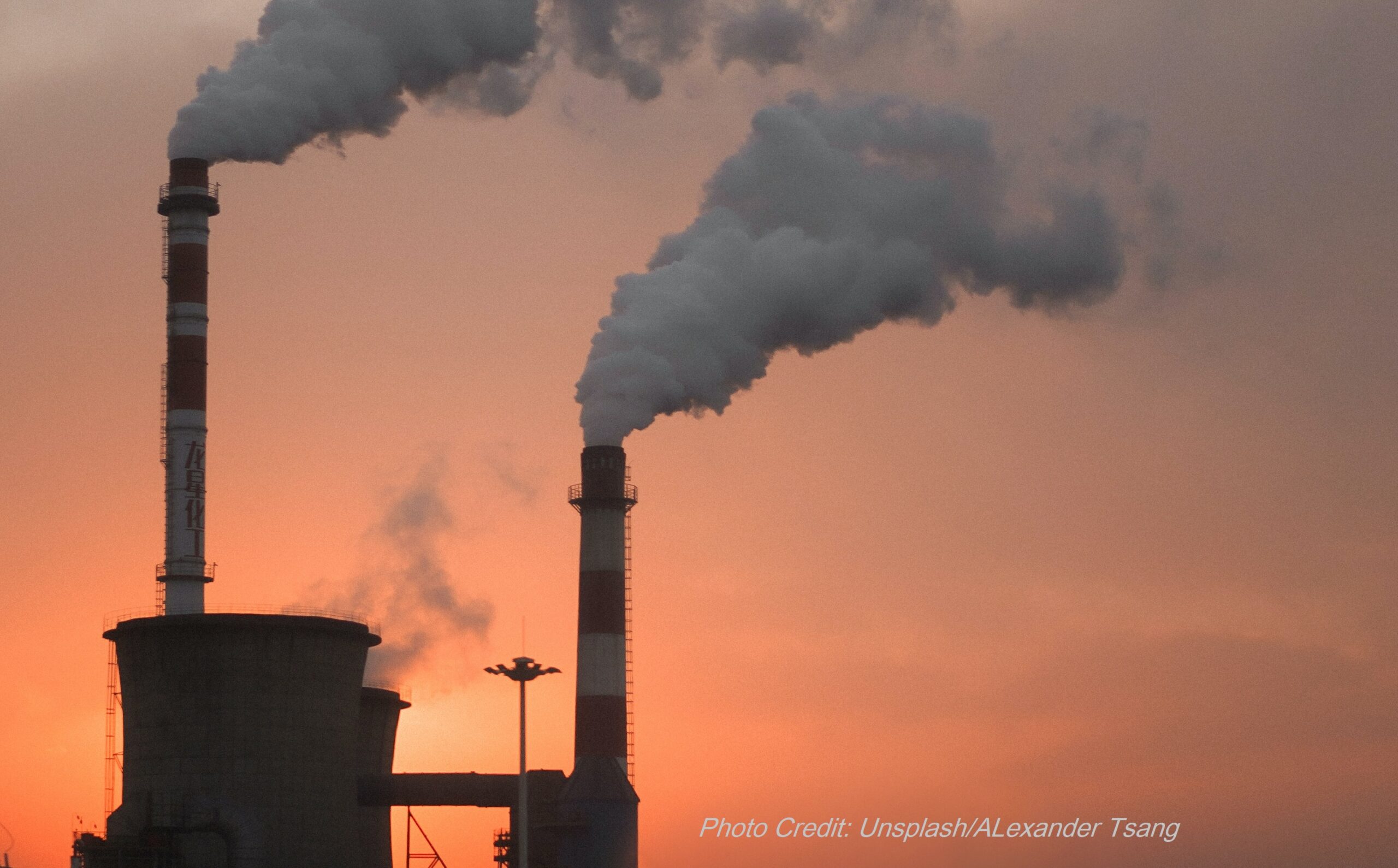The U.S. Clean Power Plan (CPP) and the Paris Climate Agreement were important steps in protecting public health from the risks of carbon pollution, the biggest driver of climate change. But much work needs to be done. Here’s what you need to know about the CPP in 2016:
- The Clean Power Plan established regulations to curb carbon pollution from power plants for the first time.
- Each state is charged with developing their own strategy to lower carbon emissions to comply with the CPP. States have flexibility in drafting their plans, including selecting a mass-based (overall emissions) or a rate-based (emissions per megawatt hour) plan.
- States may use a number of approaches to reach their goals, including improving energy efficiency (by reducing consumer use and/or increasing power plant efficiency) and relying more on renewable energy sources, like solar and wind. In addition, the CPP includes a voluntary Clean Energy Incentive Program (CEIP) that rewards states for investing in these strategies early on.
- If states do not submit their own plans, a federal implementation plan developed by the Environmental Protection Agency (EPA) will kick in. Many states, including Georgia and North Carolina, are working on their plans, but their degree of compliance with the federal guidelines is variable.
- Most states will likely request extensions to allow for more time to develop their plans. States have until September 2016 to submit their initial plans or to request extensions.
- A number of states (including Georgia and North Carolina) have already taken legal action to challenging the Clean Power Plan, even while moving forward on their implementation plans. Courts have historically held up the EPA’s rule-making authority under the Clean Air Act.
- States are required to get input from citizens, particularly those in “vulnerable communities,” which EPA defines as “low-income communities of color that are already overburdened with pollution and that are more likely to be disproportionately affected by, and less resilient to, the impacts of climate change.”
- Mothers & Others for Clean Air plans to be an active player in the development of state implementation plans, particularly in Georgia and North Carolina. We’ll be calling on our clean air advocates to weigh in when opportunities arise.





